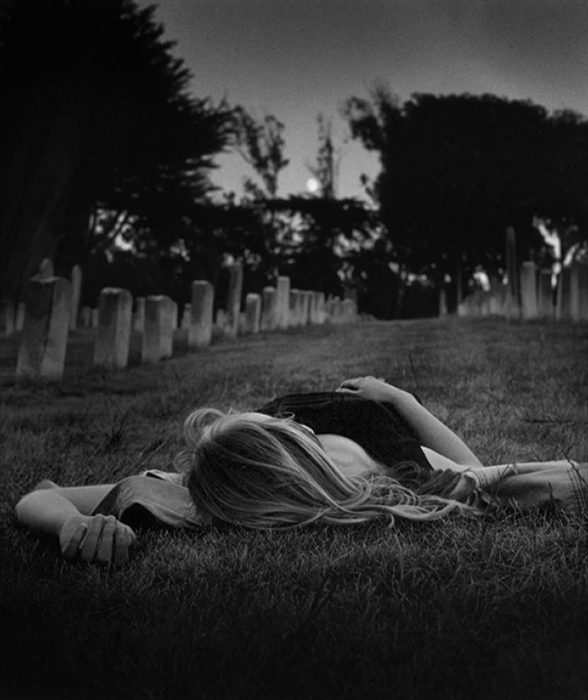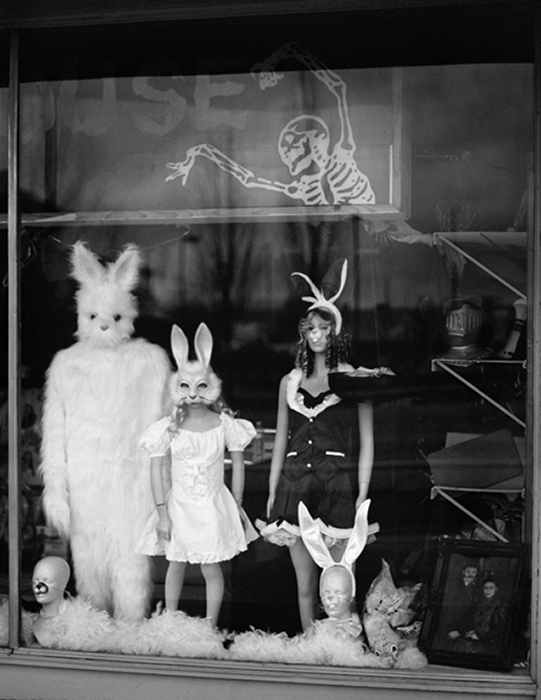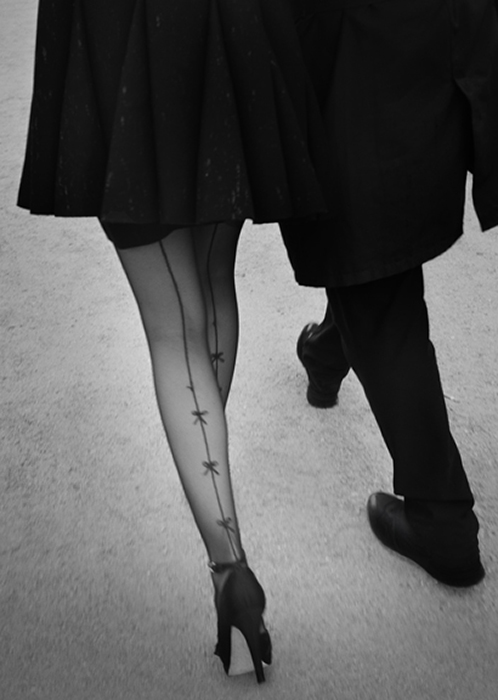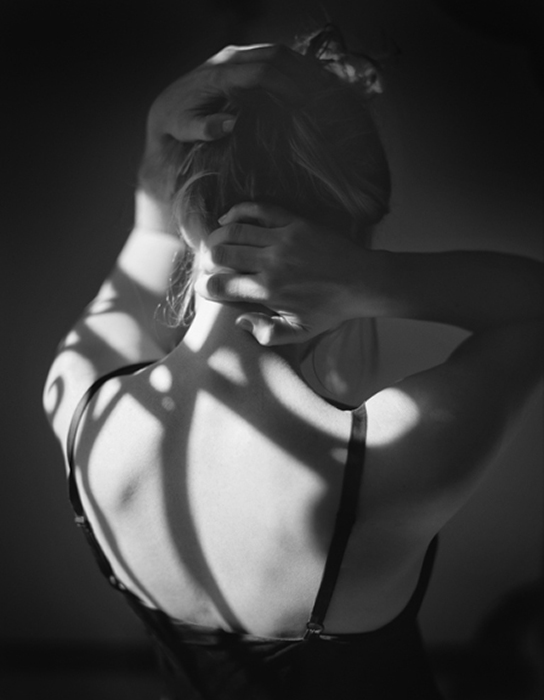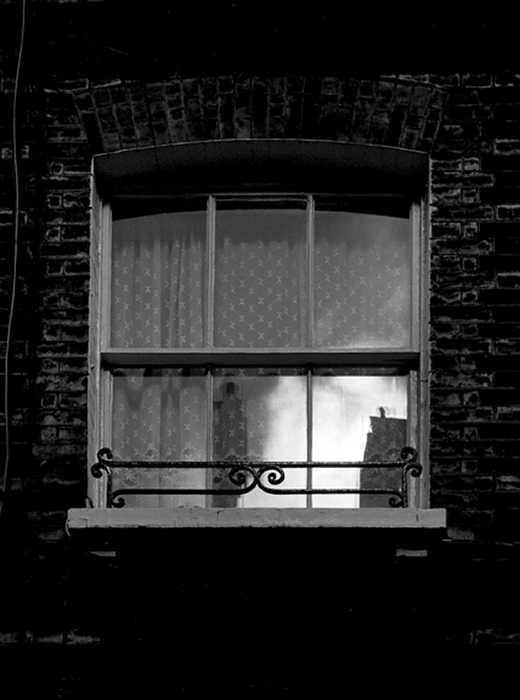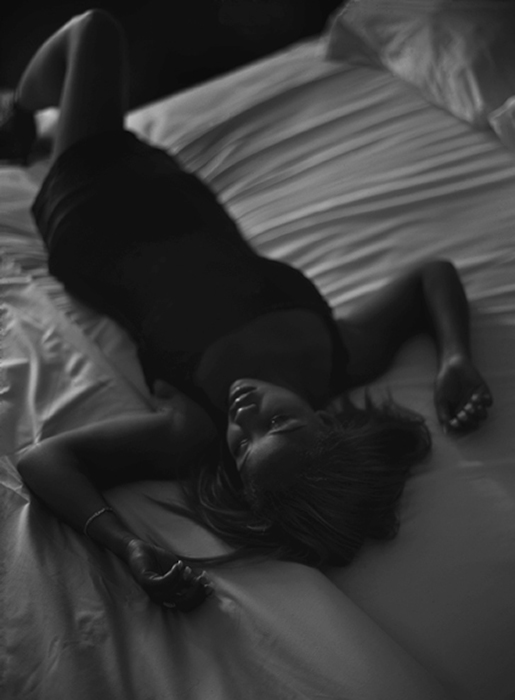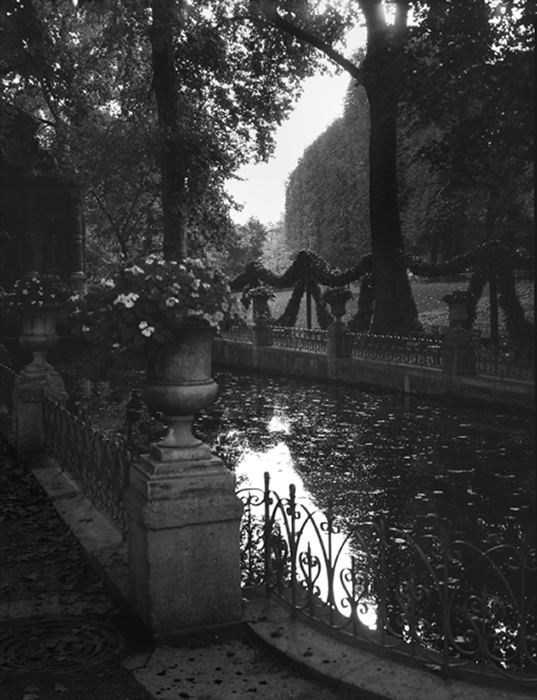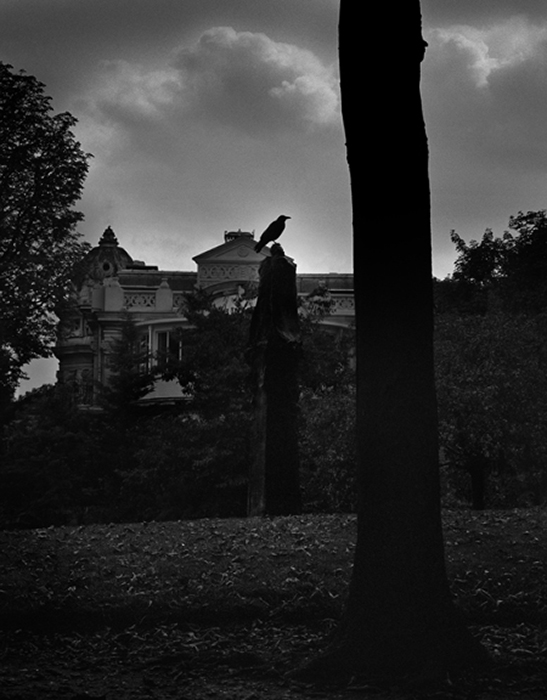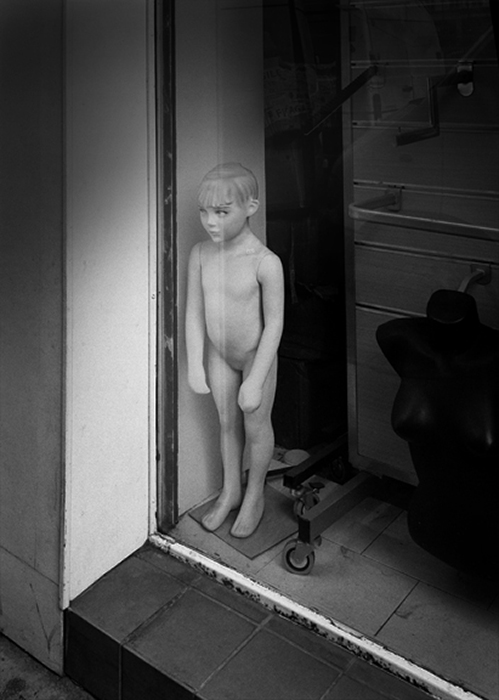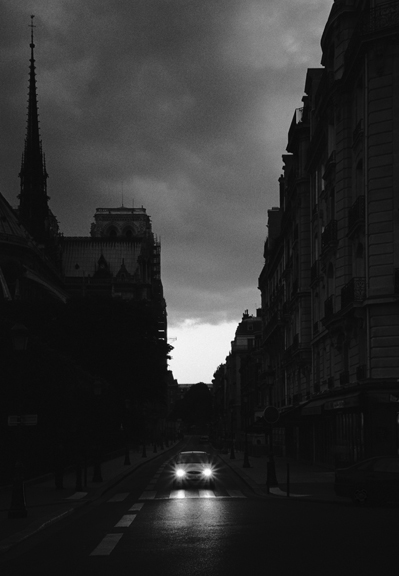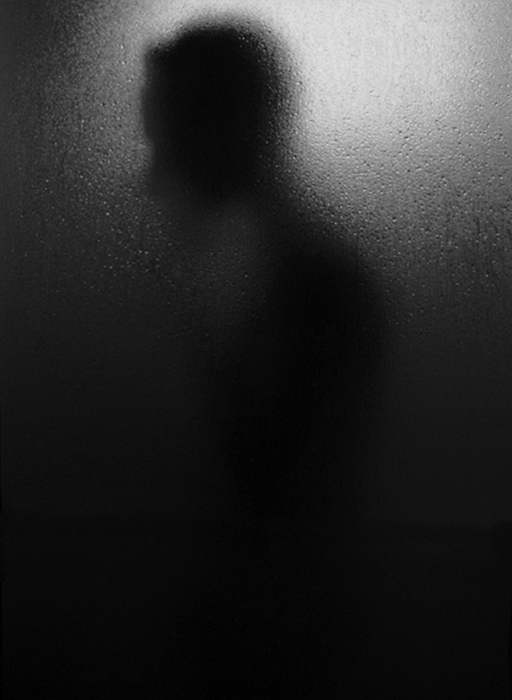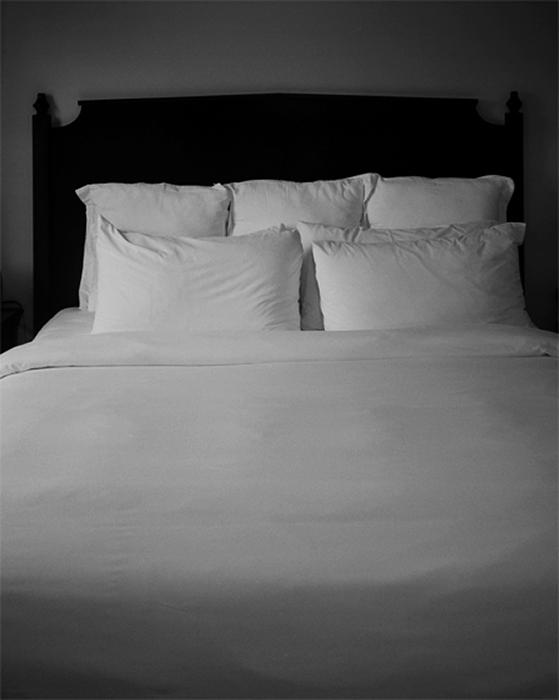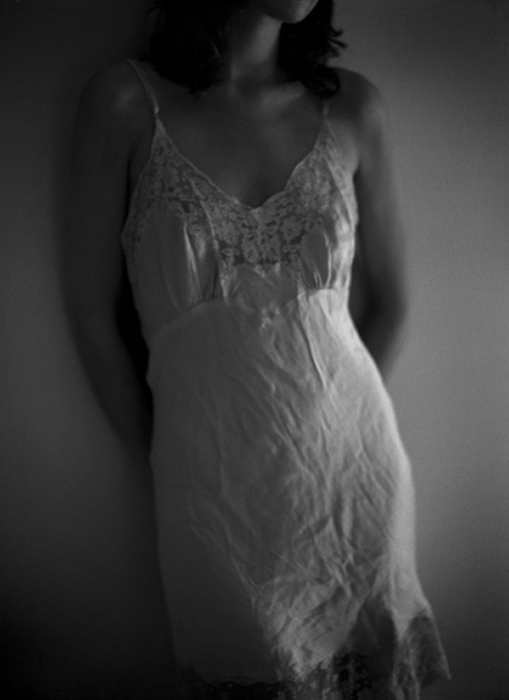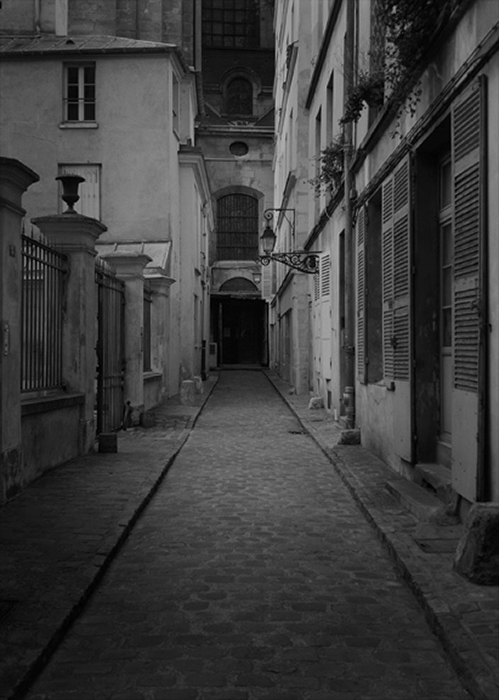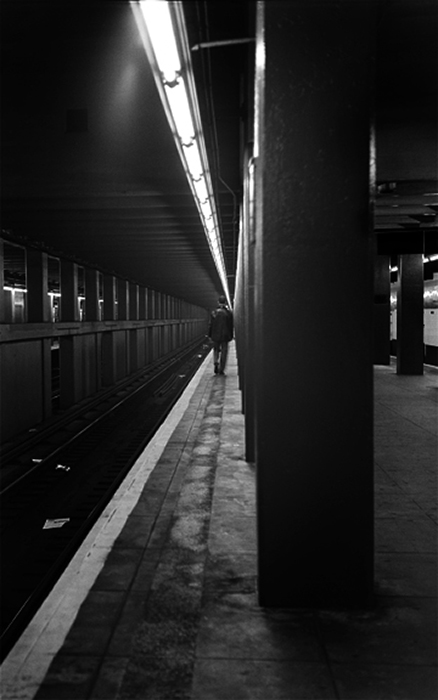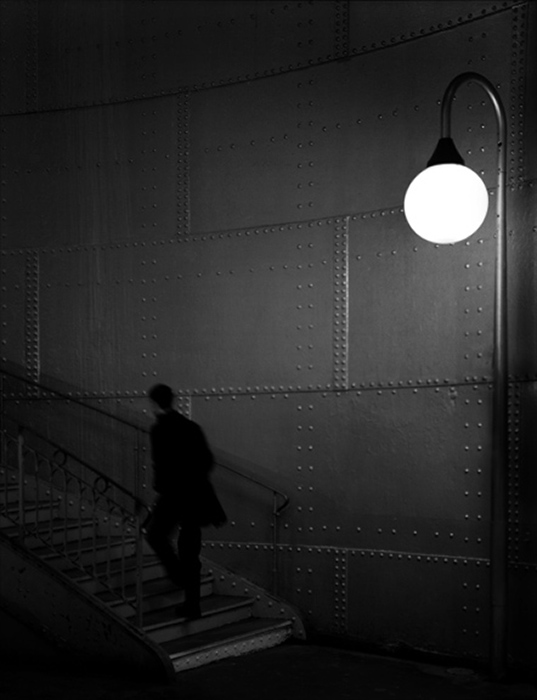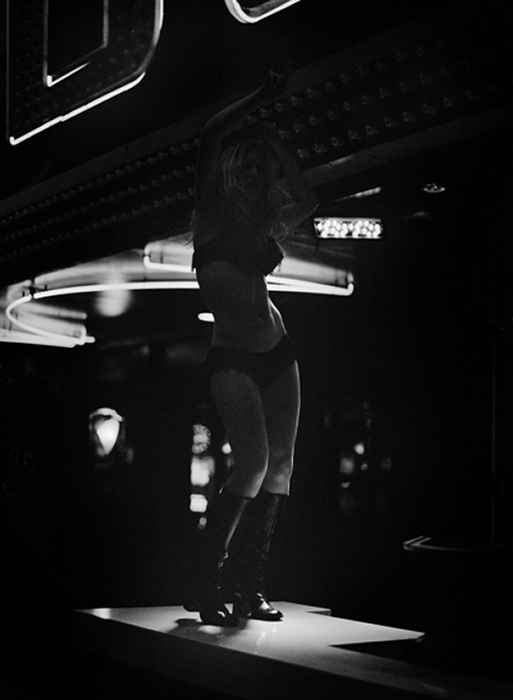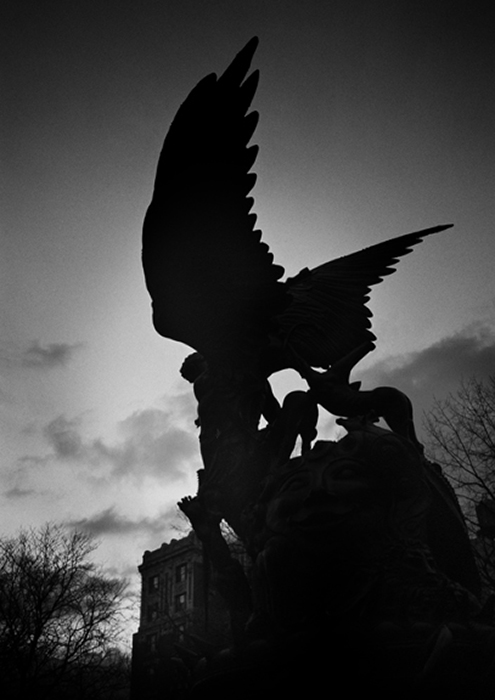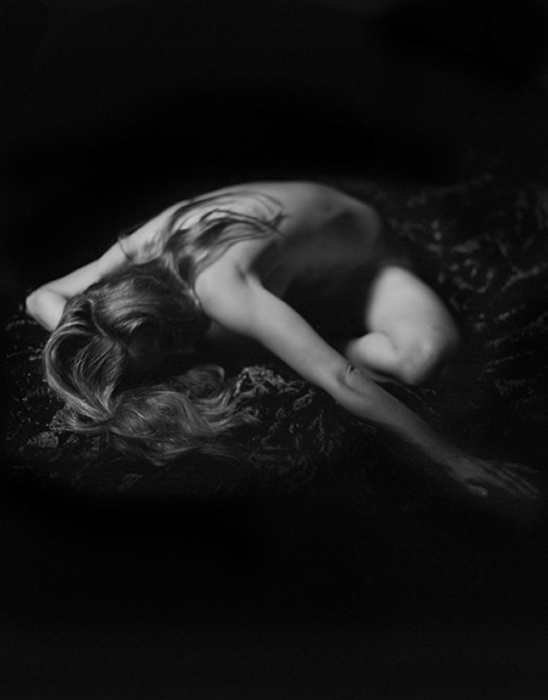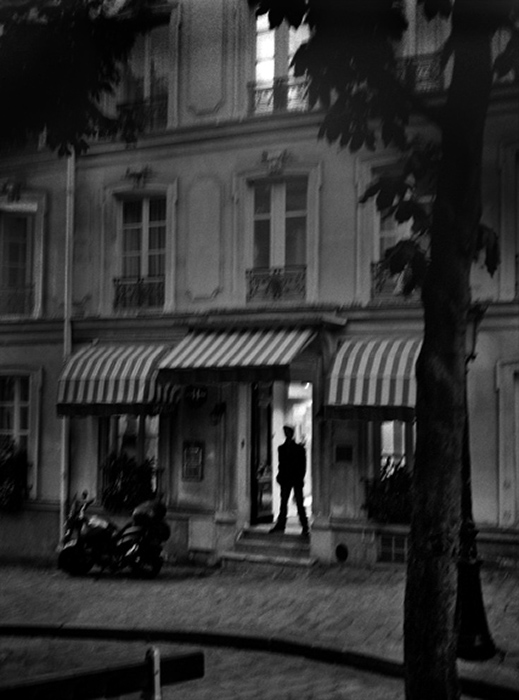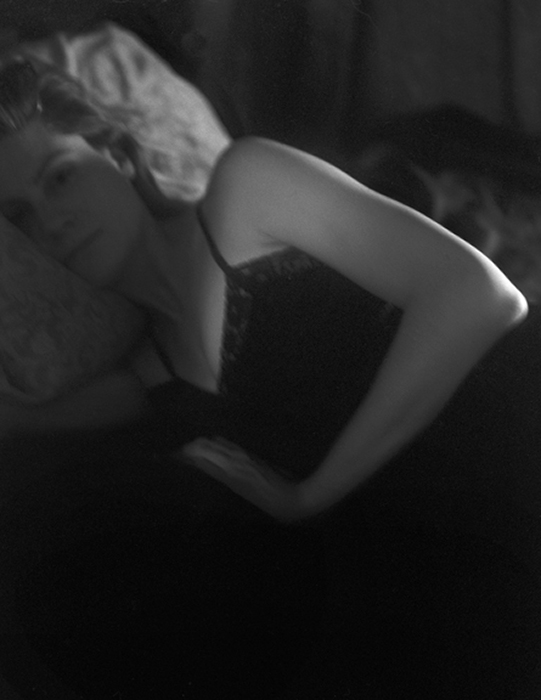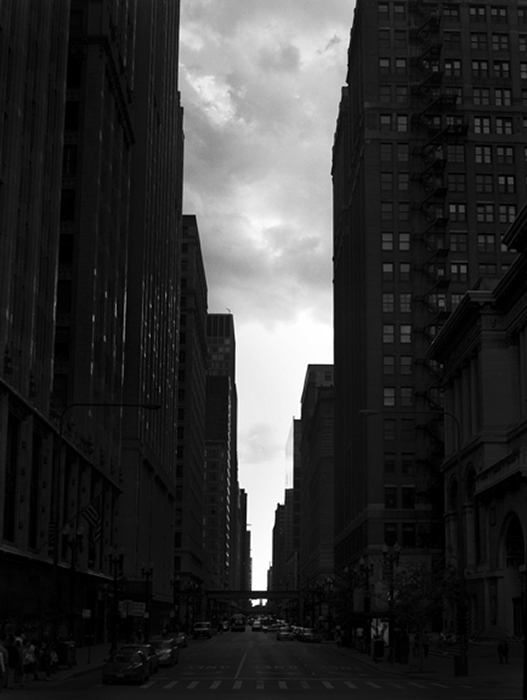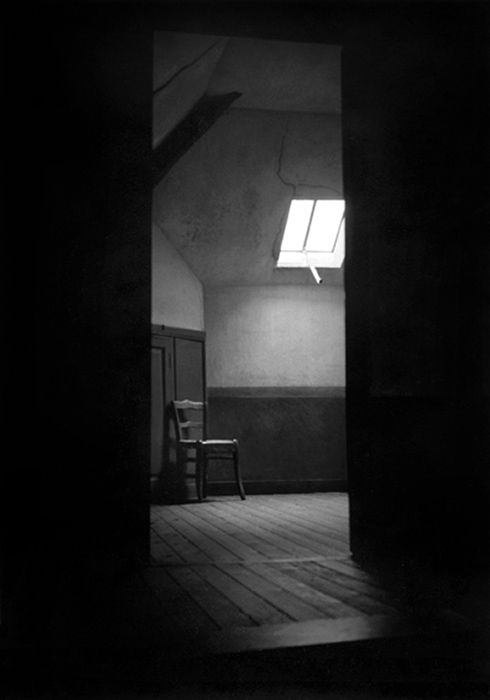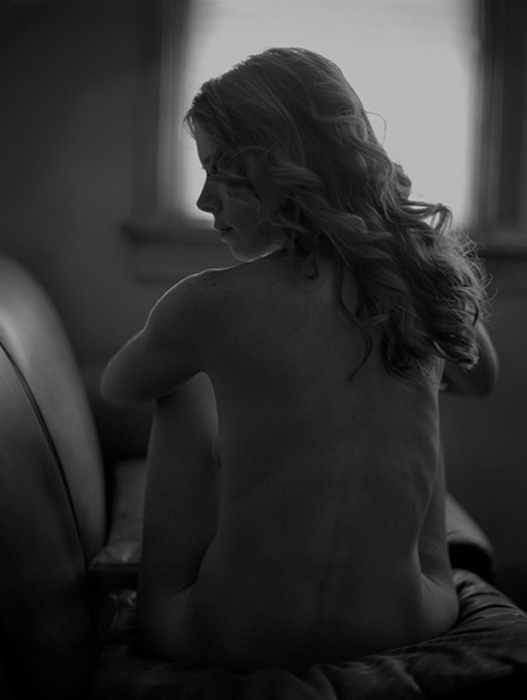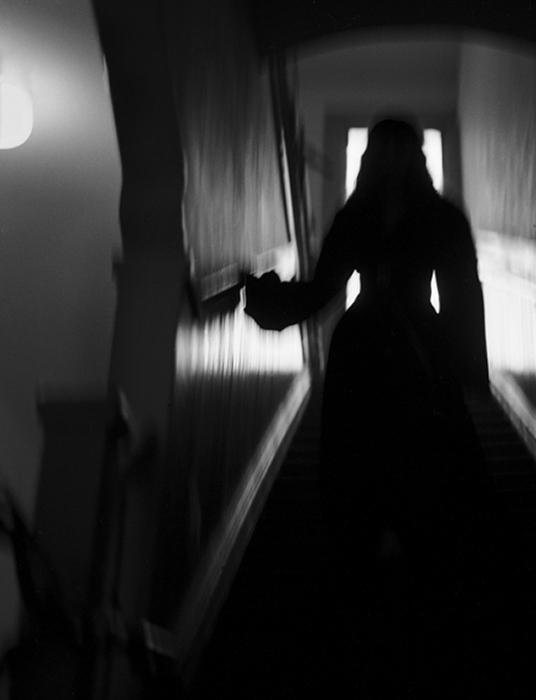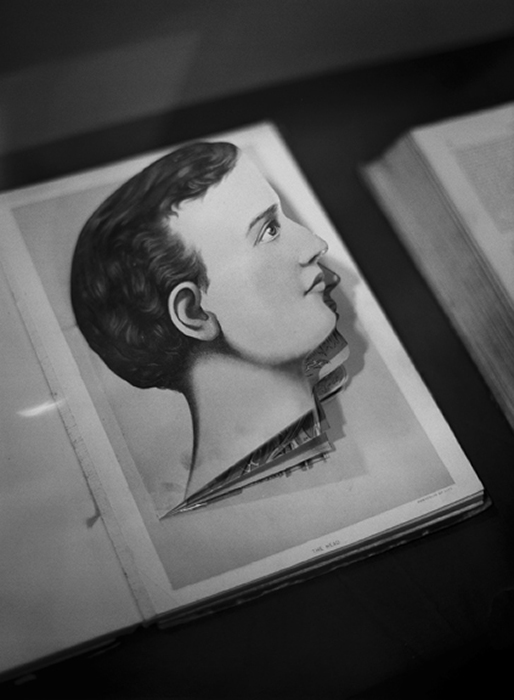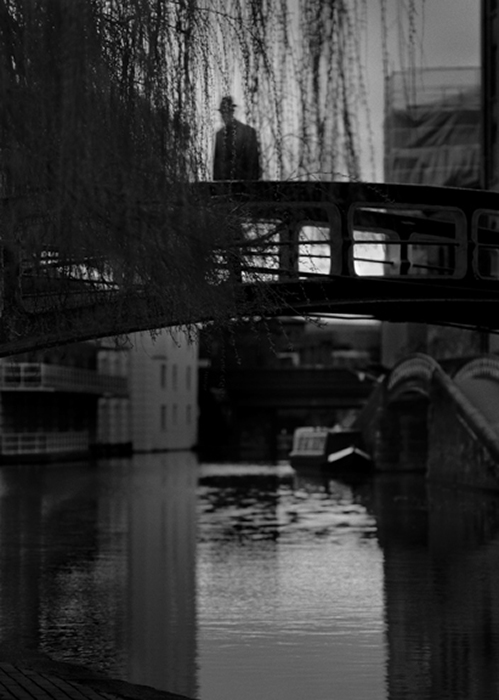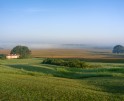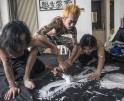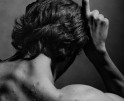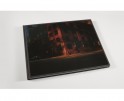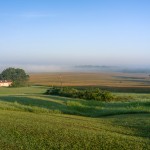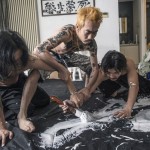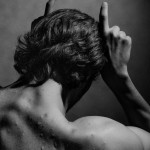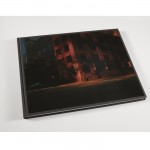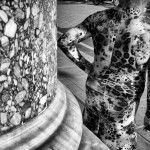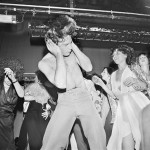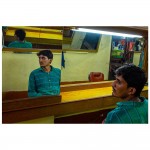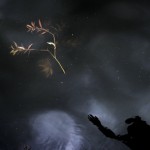Book Week: Interview with Jason Langer: Possession
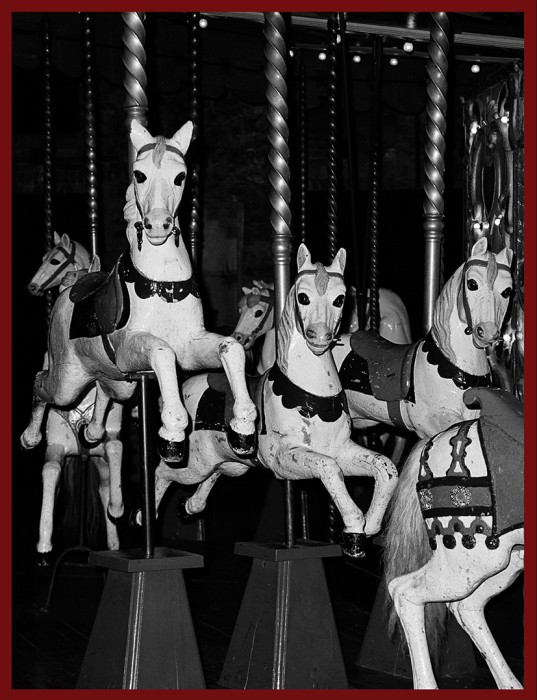 Jason Langer has just released a new monograph, Possession, his second book from Nazraeli Press and it can be ordered through Nazraeli of through Jason’s site. Possession is limited to 1,000 casebound copies and features compelling black and white photographs and a range of expression that reflects a astute curiosity to the world around him. Jason is best known for his psychological and noirish visions of contemporary urban life. Secret City, his first monograph published by Nazraeli Press, depicts night and dusk scenes of various cities with “carefully crafted compositions reminiscent of the symbolist photographers, and swathes of meticulously printed deep black tones characteristic of the gelatin silver process…as much Hopper and Raymond Chandler as Steichen” (Bomb Magazine).
Jason Langer has just released a new monograph, Possession, his second book from Nazraeli Press and it can be ordered through Nazraeli of through Jason’s site. Possession is limited to 1,000 casebound copies and features compelling black and white photographs and a range of expression that reflects a astute curiosity to the world around him. Jason is best known for his psychological and noirish visions of contemporary urban life. Secret City, his first monograph published by Nazraeli Press, depicts night and dusk scenes of various cities with “carefully crafted compositions reminiscent of the symbolist photographers, and swathes of meticulously printed deep black tones characteristic of the gelatin silver process…as much Hopper and Raymond Chandler as Steichen” (Bomb Magazine).
Born in Oregon, Jason received a degree in photography from the University of Oregon and later worked as an apprentice and printer for some of the Bay Area’s most renowned photographers, including Ruth Bernhard, Arthur Tress, and Michael Kenna, who became a lifelong mentor and friend.
Winner of Palm Beach Photographic Centre’s 2006 Rising Star award, Langer is represented by an ever-growing list of galleries in Europe and North America: Michael Shapiro Gallery (New York and East Coast), Michael Hoppen Gallery (London), Esther Woerdehoff (Paris), Galerie Hiltawsky (Berlin), Photographer’s Gallery (Los Angeles), Joseph Bellows (San Diego), Charles A. Hartman, Fine Art (Portland, OR), and Gilman Contemporary (Ketchum/Sun Valley, ID).
Langer’s work has appeared in numerous publications including American Photo, Black and White, Harpers, Life, The New Yorker, The New York Times, Photo Metro, Popular Photography, Time, and Vanity Fair. In addition, his work belongs to the permanent collections of Gap/Banana Republic, the JGS Foundation, Rutgers University, Sir Elton John, Sir Mick Jagger, Yale University Art Gallery, and Zimmerli Art Museum
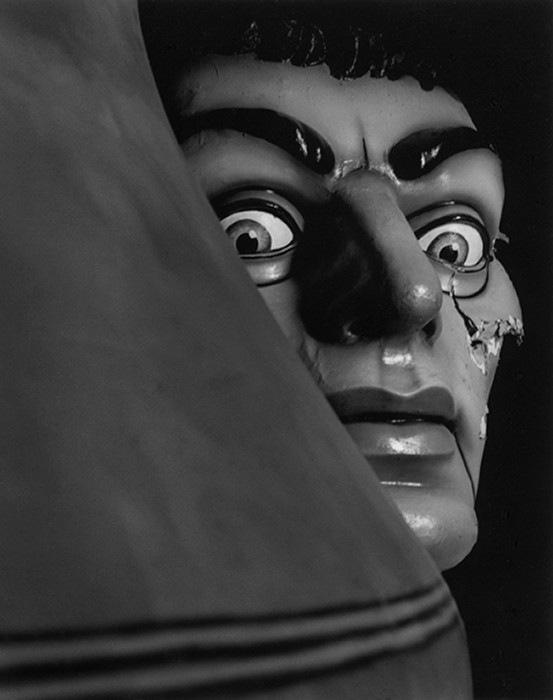 Over the past two decades Langer has developed a photographic language which has been described variously as “cinematic” and “poetic”, “contemplative” and “iconographic”, “haunting” and “romantic”. Avoiding staged tableaux on the one hand, and the “deadpan” aesthetic popular in much contemporary photography on the other, his images strive always to capture the unanticipated or chance moment, layered with timeless drama and dynamism. Langer descends from a tradition of photographers—George Krause, Ralph Gibson, Roy deCarava, Bill Brandt, Matt Mahurin—who photograph what is physically happening in the world, but a world in which the unexpected appears for brief glimpses before returning to generally accepted social norms. Like these photographers, Langer’s presence is felt in his images through his interpretation of what happens in front of the lens rather than any direction or manipulation of figures or events.
Over the past two decades Langer has developed a photographic language which has been described variously as “cinematic” and “poetic”, “contemplative” and “iconographic”, “haunting” and “romantic”. Avoiding staged tableaux on the one hand, and the “deadpan” aesthetic popular in much contemporary photography on the other, his images strive always to capture the unanticipated or chance moment, layered with timeless drama and dynamism. Langer descends from a tradition of photographers—George Krause, Ralph Gibson, Roy deCarava, Bill Brandt, Matt Mahurin—who photograph what is physically happening in the world, but a world in which the unexpected appears for brief glimpses before returning to generally accepted social norms. Like these photographers, Langer’s presence is felt in his images through his interpretation of what happens in front of the lens rather than any direction or manipulation of figures or events. 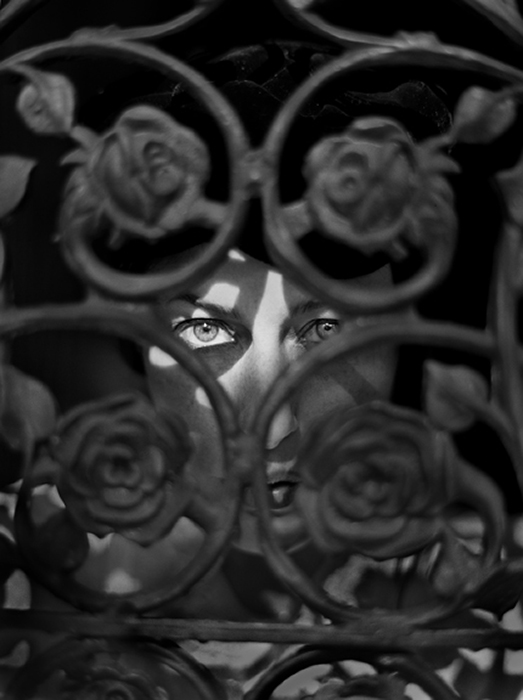
Besides his typically nocturnal studies of city streets and parks, red light districts and speakeasies, Langer has also dedicated his time to photographing a variety of intimate scenes ranging from male and female nudes, couples in the act of lovemaking, as well as—not incongruently—inanimate objects captured in moments of lifelike feeling: puppets, statues, and mannequins to name only a few. Love, sexuality, ruminations on mortality and the impermanence of things, a search for solace, a yearning for completeness—these are some of the frequent themes that bind his work together. Langer’s photographs remind us of the mystery and wonder of having a body and finding our place in the world.

Tell us about how your new book …
My new book from Nazraeli Press Possession is a collection of 42 black and white images made primarily in the last 10 years. These images were culled from travels to various cities in the United States and Europe. Chris Pichler, the brilliant publisher and I took images from five separate bodies of work I had been working on, paired the images together and created a kind of potion that condensed and communicated the spell my work tends to cast.
I am constantly photographing and tend to pursue subject matter until I have fully understood it. These subjects have included urban life, surrealism, the female and male bodies, emotion, sex and death. Images from all those various subjects are included in the book. We decided to leave out any kind of introductory essay and use as few words as possible to better allow each viewer to inject their own experience into the images. Also, Chris’s books are art pieces in themselves rather than catalogs of images. The experience of viewing one of his books is a journey in itself.
The name for the book came from one of my projects that seemed to encapsulate the aspect of my work that has been described as haunting, erotic and romantic. The word also has many other connotations and lends itself to interpretation, matching the images in the book.
How did you find a publisher?
By photographing and sitting on my images for about 15 years until the work was good enough to show to a publisher I greatly respected. My first book Secret City, also published by Nazraeli Press in 2006 represented the best work I did after graduating from university in 1990. I am always photographing and seeing the world through an intensely subjective eye. When the time comes to publish my work in any form – book, internet, magazine – seemingly the world requires a name for any group of images, so that was the last thing that came to me just before presenting the book – coming up with a name that would help people enter the work. I’m normally not into naming or titling images.
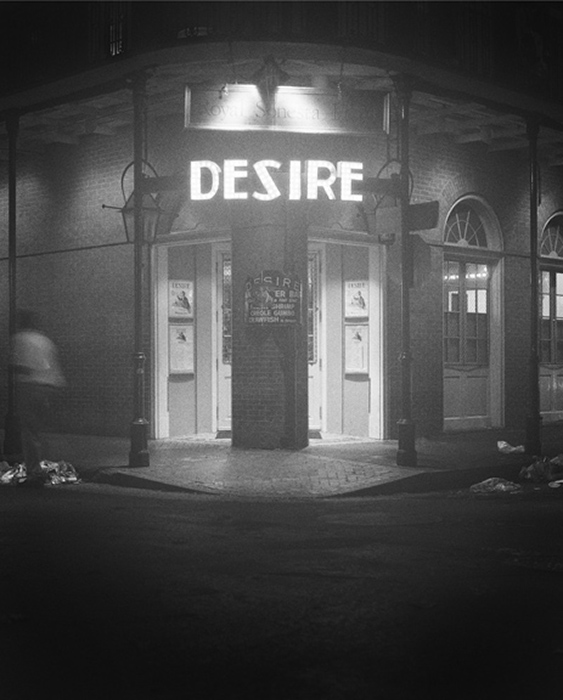
You had some incredible photographic mentors in the beginning. Can you share a little bit about your photographic journey?
I was one of those kids who fell in love with photography at an early age. I took my first photography class in 7th grade, fell in love and built a makeshift darkroom in my bedroom closet. Upon graduating high school I was house sitting for a friend who had the most beautiful and haunting photographs on the wall I had ever seen. I asked who made them and found it was the hosts’s brother-in-law Michael Kenna. I asked Michael where he suggested I go to school to learn how to make the kinds of images he does and he said he didn’t know, that he was English and to stay in touch with him. I did, by writing a postcard to him on the back of one of my images every year and when the time came for me to graduate university, he was ready to hire his first assistant – that was me. I worked with Michael for five years and met many other photographers, dealers and collectors which included photographer Ruth Bernhard. I did all kinds of work for various photographers – printing, matting, retouching, shipping, organizing, child care and even dishes.
I met Arthur Tress – my other mentor – when I was doing a lot of editorial photography. I had the back page of a Bay Area magazine called Diablo for a few years and every month they would ask me to make a photograph illustrating a certain theme. One month it was “the environment” so I copied one of Arthur’s photographs and placed a large ceramic sun in the ocean and photographed the waves lapping over it. The image was successful so I sent him a print, thanking him for the inspiration. He then wrote to me and asked if I would print for him. I ended up printing for him for five years and have a pretty decent collection of signed Kennas, Tress’ and even a 16”x20” In the Box Horizontal – Bernhard’s most famous image.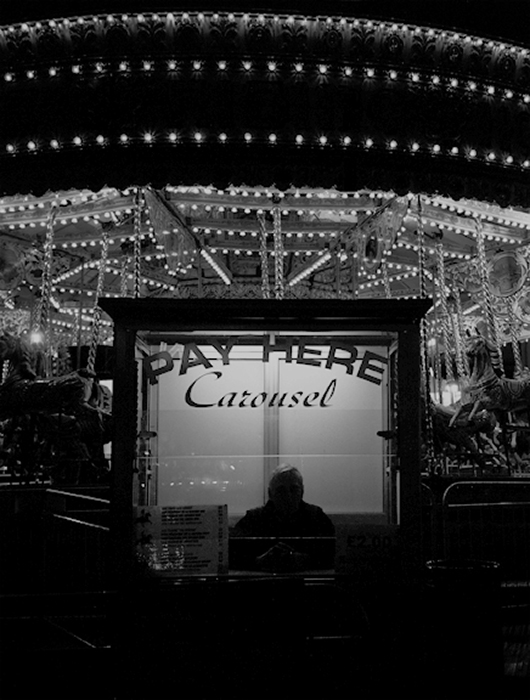
Your work seem to be exploring structure, whether through architecture of the human form…did you ever have leaning towards becoming an architect?
No, but I always feel a constant tension between form and content. My early photographs were centered on composition; shadows, repetition, minimalism. But I have always been wary of too much emphasis on form in photography and make sure the content I am investigating is comes through my images. I make an effort to concentrate on exploration and happenstance and hope that the formalism comes through naturally.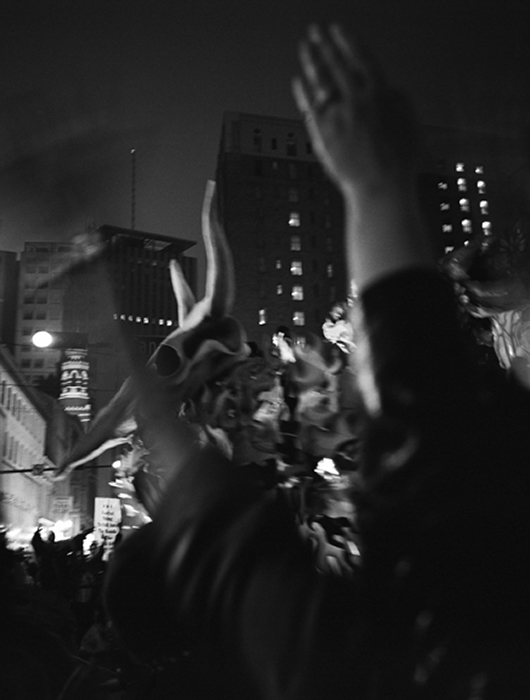
Why black and white?
Black and white is what I started with and is how I was able to make photographs when I was first starting. I had no desire to try and figure out how to make color pictures in my closet, although in retrospect it might have been easier. I took one color class in college and noticed I spent most of my time viewing prints through colored filters in an effort to make my prints look “normal”. Seemed to me a machine could do a better job. I enjoyed the ability to change tone, contrast and print quality with black and white. I think I also saw the world in black and white and my experience with viewing the greatest photographs of the 20th century, the majority of them were in black and white. In photography classes for decades, black and white was the default. It was unusual for a student to choose to work in color. Color as default is a relatively new phenomenon, perhaps the last 5 – 10 years, due to the ease with which color images can be made.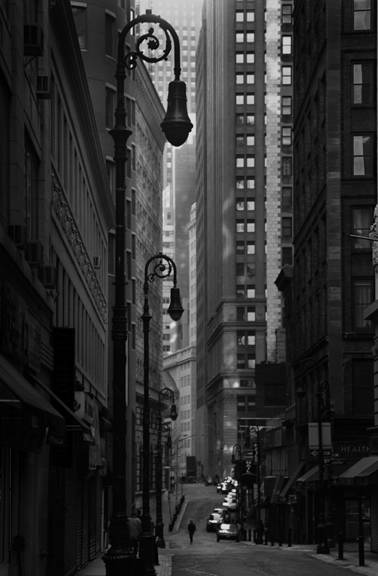
What’s next?
I am currently experimenting with digital photography and seeing what can be done with a new set of tools and a new methodology. I’m interested to see how my vision and interests change. Color seems to be more interesting now as there is much more access to saturation, hue, tone, contrast, etc. than before. I’m having more fun with color than I had in the past.
Beginning late last year I decided to challenge myself and go in the exact opposite direction as I‘ve been going in for the last 30 years. I decided to use digital, color, artificial light, a studio setting, and portraits to see what I can draw out of my spirit and imagination using completely different tools. For me the journey itself is the most important thing about photography. Photography is it’s own reward.
Posts on Lenscratch may not be reproduced without the permission of the Lenscratch staff and the photographer.
Recommended
-
Michael Young: Maybe TomorrowJune 26th, 2024
-
CENTER BLUE EARTH FISCAL SPONSORSHIP: MARK LEONGMay 27th, 2024
-
Artists of Türkiye: Erdem VarolMarch 25th, 2024
-
The International Women in Photo Association Awards: Louise Amelie: What Does Migration Mean for those who Stay BehindMarch 12th, 2024
-
Oli Kellett: Cross Road BluesFebruary 25th, 2024


